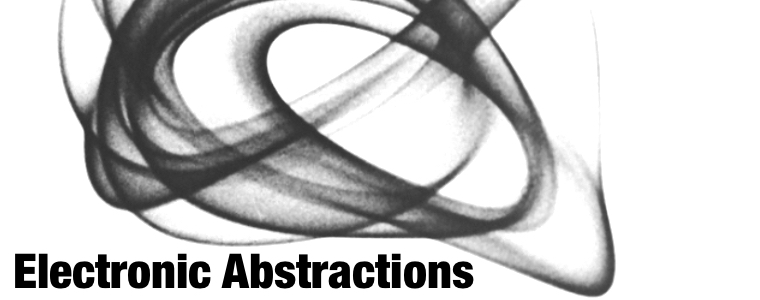Séminaire Cognition et Création : les Arts Robotiques
Séance du 27 avril 2011 - 16h30 à 18h30
Musée du Quai Branly, salle 2
Organisé par Denis Vidal, directeur de recherche à l'IRD
Emmanuel Grimaud, chargé de recherche au CNRS
Joffrey Becker, doctorant à l'EHESS
Portraits de robots - Patrick Tresset
Why is it that the inexperienced person finds it so difficult to draw what they see so clearly, while an artist is able to do so often just with a few lines, in a few seconds ? How can an artist draw with an immediately recognisable style, in a particular manner ? And how, and why, can a few lines thrown spontaneously on paper be aesthetically pleasing ? A bold project using computational techniques to examine the activity of drawing - in particular sketching the human face - has been launched at Goldsmiths, University of London. The AIKON (Autonomous/Artistic/IKONograph) Project has received funding from the Leverhulme Trust to carry out work from 2009 until the end of 2011, and could eventually result in AIKON "learning" to draw in its own style. The project is being co-ordinated by Professor of Computing at Goldsmiths, Frederic Fol Leymarie and Patrick Tresset, a researcher and artist who has already carried out much work in the area upon which the AIKON Project will build. Artistic drawing has been practiced in every known civilisation for at least the last 30,000 years and sketching specifically has the particularity of showing the drawing process complete with its hesitations, errors and corrections. The area of research has been tackled by art historians, psychologists, neuroscientists - such as Arnheim, Fry, Gombrich, Leyton, Ramachandran, Ruskin, Willats and Zeki - who have argued that artists organise their perception of the world differently. The AIKON Project will follow two main research paths: one starts from the study of sketches in archives and notes left by artists and the other is based on contemporary scientific and technological knowledge.
